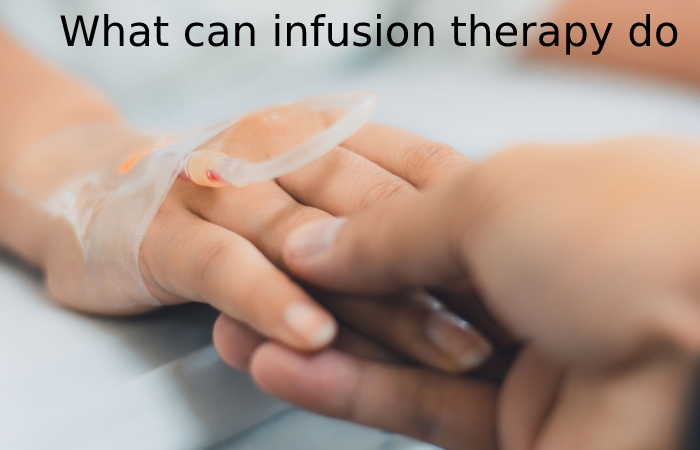Infusion therapy is one of the most advanced features in recent times. However, taking the medicines via information is somewhat unusual for most medications. So it’s not surprising that many people with rheumatoid arthritis have some questions about the treatment. Today we explain what you can expect from infusion therapy.
Table of Contents
Rheumatoid arthritis – What is infusion therapy all about?
Before we explain what IV therapy for rheumatoid arthritis is all about. Let’s take a step back and look at the four different types of drugs used in rheumatoid arthritis. It is nonsteroidal anti-inflammatory drugs (NSAIDs), steroids, disease-modifying anti-inflammatory drugs (DMARDs).
Biologics affect specific proteins responsible for causing joint inflammation, halting the progression of rheumatoid arthritis. Although biologics cannot cure the disease, they can significantly slow down the damage to the joints.
Almost all bDMARDs are liquid and can only be given to patient by injection or infusion. Unlike other standard RA drugs (such as DMARDs), biologics cannot be administered orally because they must be delivered directly into the bloodstream.
What can infusion therapy do?
A key benefit of infusion therapy is that bDMARDs work faster and more effectively than traditional DMARDs. The genetically engineered proteins can target different parts of the immune system to prevent them from attacking your joints. However it ultimately helps in reducing joint inflammation and tissue damage.
Infusion therapy is usually prescribed when you’re not responding well to nonbiologic DMARD drugs such as methotrexate (Trexall), hydroxychloroquine (Plaquenil), and leflunomide (Arava). You may also receive DMARD non-biologic medicines, such as methotrexate, in conjunction with IV therapy.
Where Is The Infusion Therapy Administered?
You cannot inject the drug yourself at home. Instead, it would help if you went to a hospital or doctor’s office to get the infusion. The equipment in each infusion room may differ, but they have one common goal: to make you and the other patients feel as comfortable as possible during the treatment.
You will find lounge chairs, blankets, pillows, and even a television in many infusion rooms. You can sleep, watch your favorite series or work on the computer during the infusion. If you wish, you can also ask your relatives to accompany you during the treatment.
How Long Does The Infusion Therapy Last?
The infusion time can vary from 15 minutes to four hours or more. It depends on various factors, e.g., B. from the drugs themselves (they differ from manufacturer to manufacturer, some have a standard dosage, others do not), your tolerance, and your weight. For example, Remicade can take about three hours to infuse, while Simponi Aria can take as little as 30 minutes to invest.
What Are The Side Effects Of Infusion Therapy?
As with other drugs, side effects can also occur with biologics. In general, mild side effect includes reactions at the injection site (redness, itching, pain, and swelling), nausea, and headache (can be caused by fluid imbalance). Some severe side effects can include allergic reactions (itching, hives, and skin flushing), increased risk of infections, blood clots in the lungs, tuberculosis, and difficulty breathing.
Conclusion
Infusion therapy can be a good option in treating your rheumatoid arthritis, significantly if your condition doesn’t improve after treatment with other medications. In addition, IV therapy may be more effective at preventing the inflammation from worsening than drugs taken by mouth (such as hydroxychloroquine, leflunomide, or sulfasalazine). Infusion therapy can also be suitable for patients who do not want to give themselves injections at home.

